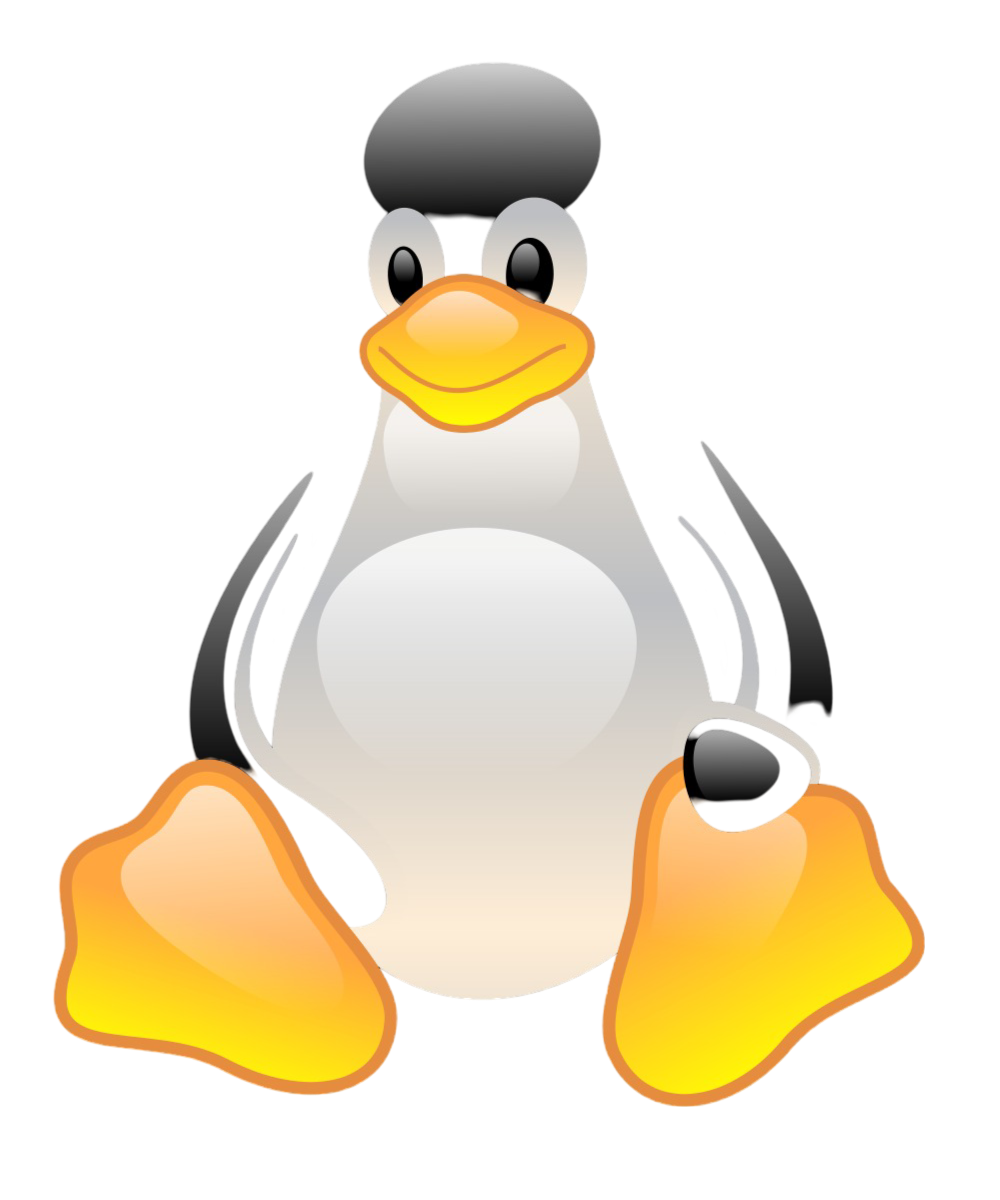
Linux
Linux is an open-source operating system known for its security, stability, and flexibility. It is used on computers, servers, and even mobile devices. Unlike Windows or macOS, Linux is free and comes in different versions called distributions, like Ubuntu and Fedora. It is popular among developers and businesses because it is customizable and reliable. Many websites, apps, and cloud services run on Linux due to its strong performance.
Linus Torvalds developed Linux, a Unix-like, free, open-source, and kernel-based operating system.
Mainly it is designed for systems, servers, embedded devices, mobile devices, and mainframes and use in world's stock markets, powers smart TVs and in-flight entertainment systems, and runs most of the top 500 supercomputers in the world.
Linux provides the core technologies that power the cloud revolution and the tools to build the latest generations of container-based microservices applications, software-based storage technologies, and big data solutions. Secure and give high performance on low hardware.
Major features of Linux –
Linux is open-source operating system and also provide lots of free applications. Linux provides a command-line interface (CLI) for easy access and powerful scripting. Linux is a modular operating system that is designed to easily replace or remove components. Most secure operating system, and give high performance on less hardware. It does not support auto-execution of file and have SELinux security feature.
Differences between Linux & Windows
|
Linux |
Windows |
|
It is a free and open-source OS. |
You can use license for full features use. |
|
Provide high security by using firewall, SELinux features and not supported auto-execution of files. |
Only provide discretionary access control (DAC) means user and group-based control on objects. Less secure as compare to Linux. |
|
Linux use a monolithic kernel |
Windows use micro kernel |
|
Linux use file systems like – XFS, EXT family (ext,ext2,ext3,ext4), GFS |
Windows file systems are – NTFS, ReFS, ExFAT |
|
Use by professionals |
Use by home-users, professionals |
Kernel and Shell
Kernel
A kernel is the core part of an operating system. It acts as a bridge between system software and the hardware of a computer.
The kernel manages system resources, such as the CPU, memory, and devices, ensuring everything works together smoothly and efficiently.
The kernel is so named because—like a seed inside a hard shell—it exists within the OS and controls all the major functions of the hardware, whether it’s a phone, laptop, server, or any other kind of computer.
Kernel Tasks –
1. Memory management: Keep track of how much memory is used to store what, and where
2. Process management: Determine which processes can use the central processing unit (CPU), when, and for how long
3. Device drivers: Act as mediator/interpreter between the hardware and processes
4. System calls and security: Receive requests for service from the processes
The kernel, if implemented properly, is invisible to the user, working in its own little world known as kernel space, where it allocates memory and keeps track of where everything is stored.
Shell
The shell is an interpreter program which provides an interface between the user and the kernel and executes programs called commands.
A Linux user work on shell prompt which initiate in terminal program. A shell prompt may be with root user [ root@craw-pc ~ ]# or may be with regular user [ student@craw-pc ~ ]$
RHEL use bash as a default shell but you can change it accordingly using chsh command.